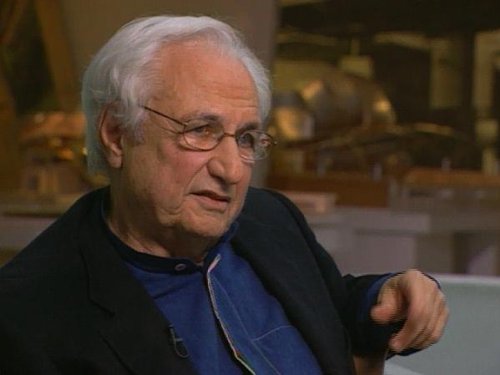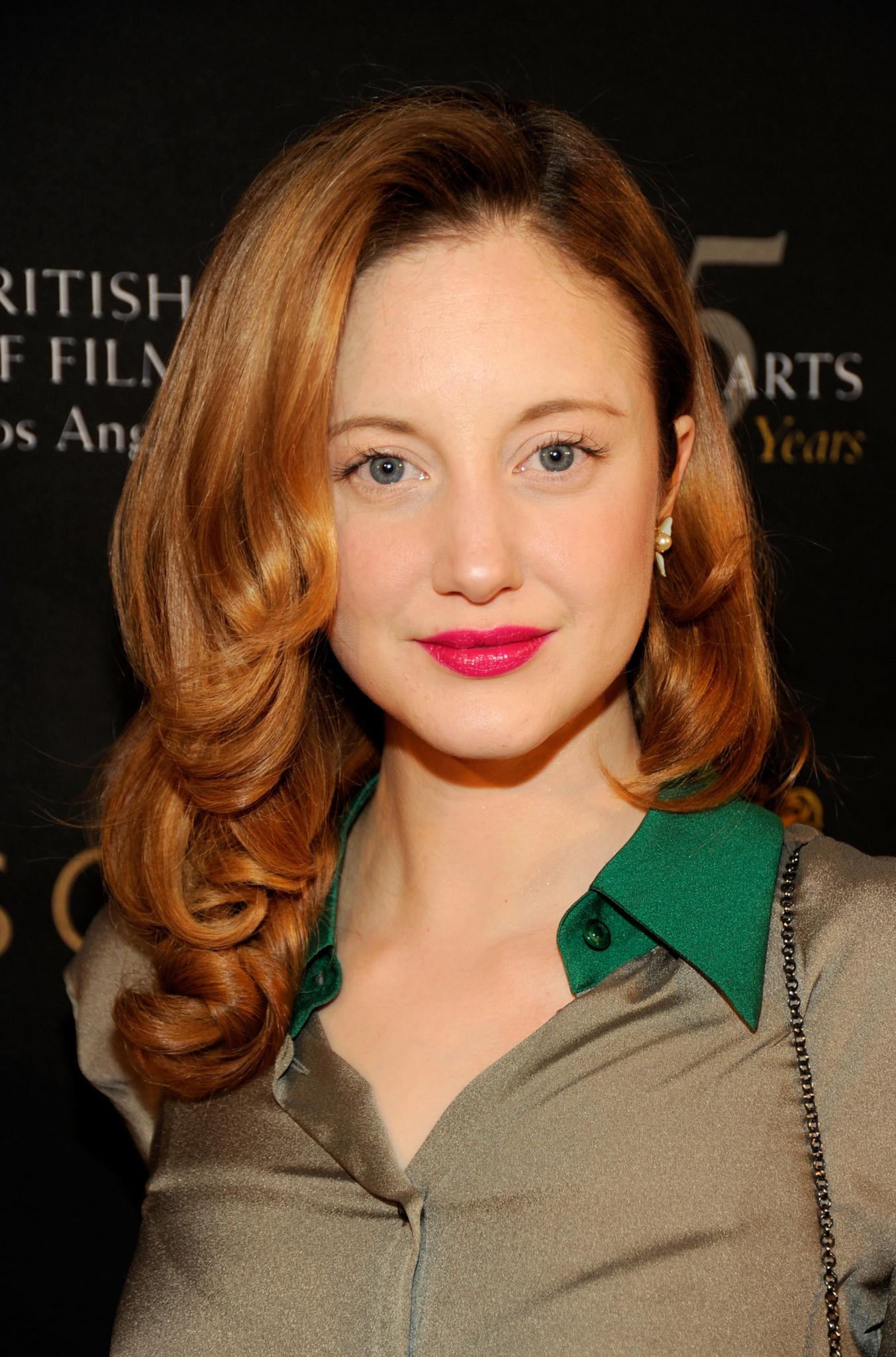
Frank Gehry
Birthdate – February 28, 1929 (95 Years Old)
Birthplace – Toronto, Ontario, Canada
After graduating from Harvard University, Gehry studied architecture. In the middle of his studies he moved to the University of Los Angeles. In 1962 he founded his own architectural firm in Venice, California. In the following years he advanced from a conventional planner to an early representative of deconstructivism, an architectural movement that existed from the 1970s onwards and which, contrary to conventional principles, sought free, collage-like combinations of divergent buildings. His breakthrough was the design of the California Aerospace Museum Los Angeles (1982-1984). While the architectural style trend at this time was still directed towards postmodernism with its colorfulness and chic facade design, Gehry allowed deconstructivism to take tangible form in his planned buildings. In 1989 he caused a sensation in Europe with the Vitra Design Museum in Weil am Rhein. At the Vitra Design Museum, he showed what the new extravagance should look like: The building no longer houses harmony, but stands out due to a variety of dissonances.
Cubes are either raised or inserted into one another, multiple broken vaults or half and quarter arches are the external components of the extravagant building for the museum, which, even when viewed through the usual glasses, is missing the structure with roof and facade. This work, like many of Gehry’s other designs, was ahead of his time. Nevertheless, the interior is functionally designed for its exhibition purposes and fulfills the desired intentions. Due to the development direction from inside to outside, the light intake is moved upwards. The original planning of the Vitra Design Museum established the architect’s global reputation. The attention, acceptance and also rejection that Gehry received culminated in the awarding of the Pritzker Architecture Prize, the informal Nobel Prize for architecture, in 1989. In Düsseldorf, Gehry designed the “Neuer Zollhof” (1997-1999) on the new media mile with its three extraordinary buildings as office and shop towers. They are also known as dancing houses.
In Oeynhausen he designed a center for communication and technology, which he gave a complex appearance. Inside, there is once again tidy functionality in favor of the users’ wishes. In Berlin on Pariser Platz he planned the DG Bank building. In doing so, he had to adhere to specified design requirements – structure of the facades and a geometrically strict window cut. The building now appears with a classicist facade. From 1991 to 1994, the American Center in Paris was built after Gehry. Gehry achieved his most important and media-effective design with the new Guggenheim Museum in Bilbao, Spain (1993-1997). The outside of the building is characterized by a futuristic-looking titanium facade. A bold construction that goes against even the most unusual architectural conventions. The building in Bilbao is a worldwide attraction and is itself considered a work of art of building construction – in fact, a calling card of art.
As unusual as his results look and appear, the entire planning phase of the projects is just as unusual. The design often begins with building blocks that are used for spatial experiments by turning and turning. Gehry constantly reworks his designs and sketches. For further processing and calculation he uses 3D simulation software from the aerospace industry. Gehry also designs armchairs made of corrugated cardboard, which are also very successful. From 2001 to 2005 he realized the MARTa Herford Museum in Herford. From 2003 to 2006, the Hotel Marques de Riscal in Spain was built according to his plans. In 2014, the Fondation d”entreprise Louis Vuitton in Paris was opened according to his plans. This private museum was created on the initiative of Bernard Arnault, chairman of the French luxury goods group Moët Hennessy Louis Vuitton (LVMH).
In the same year, 2014, he received the Prince of Asturias Prize in the Art category. In 2016, he was honored with the Presidential Medal of Freedom, one of the United States of America’s two highest civilian awards.




